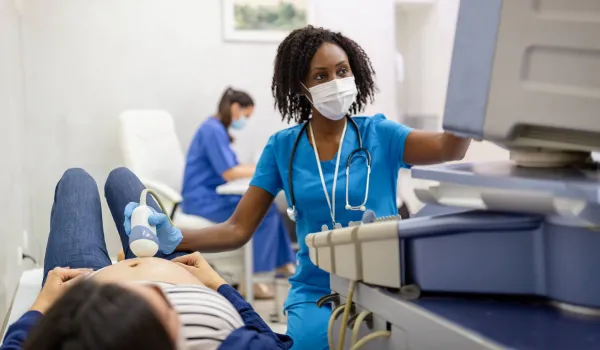
On Nov. 8, 122 years ago, a German physicist named Wilhelm Conrad Rontgen (1845-1923) became the first person to observe X-rays, according to History.com. The discovery was a significant scientific advancement in health care awareness. It has benefited millions, if not billions, over the last one and a quarter century.
Nowhere else has the X-ray had a greater impact than in the area of medicine and health care awareness. It made the invisible visible.
X-rays have played a large part in the health care awareness and education of thousands of our Concorde students. That includes students in programs such as radiologic technology, dental assistant and dental hygiene.
The History.com article states that Rontgen's discovery occurred by accident while in his Wurzburg, Germany lab. He was testing whether cathode rays could pass through glass when he noticed a glow coming from a nearby chemically coated screen. He called the rays that caused the glow X-rays because of their unknown nature.
Greater health care awareness about X-rays
According to the article on History.com, X-rays are electromagnetic energy waves that act similarly to light rays, but at wavelengths approximately 1,000 times shorter than those of light. Rontgen holed up in his lab and conducted a series of experiments to better understand his discovery. Through these experiments, he found that X-rays penetrated human flesh, but not higher-density substances such as bone or lead. He also learned they can be photographed.
The discovery was labeled a medical miracle, and X-rays soon became an important diagnostic tool in medicine. It allowed doctors to see inside the human body for the first time without surgery.
In 1897, X-rays were first used on a military battlefield, during the Balkan War, to find bullets and broken bones inside patients.
Other health care awareness about X-rays not so good
While scientists were quick to realize the benefits of X-rays, they were slower to comprehend the harmful effects of radiation. Initially, it was believed X-rays passed through flesh as harmlessly as light. Within several years, however, researchers began to report cases of burns and skin damage after exposure to X-rays.
In 1904, Thomas Edison's assistant, Clarence Dally, who had worked extensively with X-rays, died of skin cancer. Dally's death caused some scientists to begin taking the risks of radiation more seriously.
During the 1930s, 40s and 50s, many American shoe stores featured shoe-fitting fluoroscopes that used X-rays to enable customers to see the bones in their feet. It wasn't until later in the 1950s that this practice was determined to put those who utilized this practice at risk. That prompted X-ray technicians and patients alike to begin protecting themselves with lead vests or other coverings while undergoing X-ray treatment.
Honoring the discoverer
Rontgen received numerous accolades for his work, including the first Nobel Prize in physics in 1901. Yet, he remained modest and never tried to patent his discovery.
Today, X-ray technology is widely used in medicine, material analysis and devices such as airport security scanners.
Take The Next Step Towards a Brighter Future
We have a Concorde representative ready to talk about what matters most to you. Get answers about start dates, curriculum, financial aid, scholarships and more!




